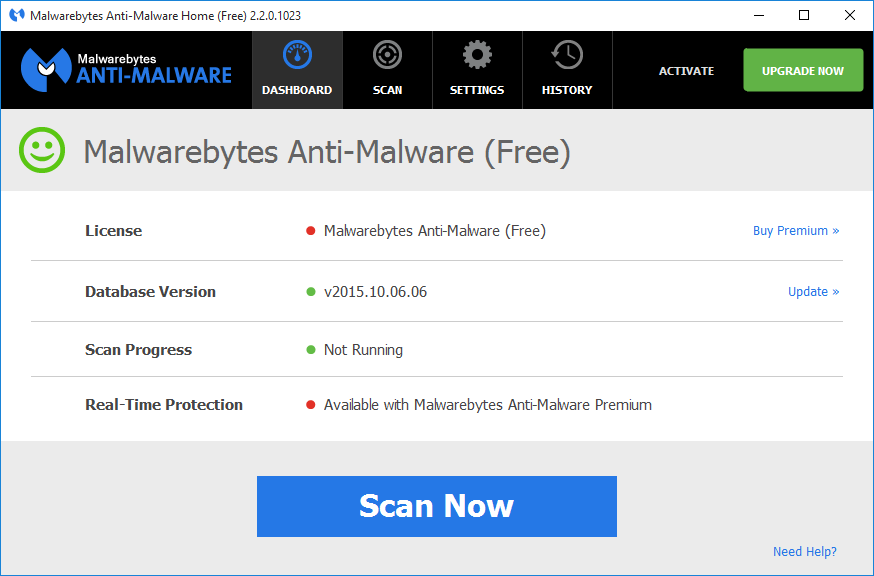

- #How to scan my website files with filezilla malware zip file#
- #How to scan my website files with filezilla malware software#
- #How to scan my website files with filezilla malware code#
#How to scan my website files with filezilla malware code#
This file is invisible and the only way of knowing if you backed it up is to view your backup folder using either an FTP program (like FileZilla) or code editing application that lets you view invisible files htaccess file, which helps control server access.

When performing a backup, the areas to concentrate on are:

Speaking of which, also be sure to save your FTP account. Your host might have a backup ‘snapshot’ system available, but if not then either FTP or a backup plugin can be used to make a copy.
#How to scan my website files with filezilla malware zip file#
zip file as, for obvious reasons, many hosts would simply prefer to delete it as a soon as a hack has been confirmed. */maintenance503.phpīackup your site files and MySQL (or MSSQL) database ASAP in a. htaccess file (see later for more information on this file) so every page on your site defaults to the 503 page: The ‘Retry-After’ header tells search engines to come back after 1 hour. before thetag:Ī 503 error message will then be returned, which also tells search engines that the website is down. Replace it with a ‘Website under maintenance’-type page by adding some PHP code right at the top i.e. They themselves might have been contacted, by someone telling them that your site’s URL featured in a spam email they received.ĭisplaying a hacked website to the world isn’t going to do anybody – apart from the perpetrators themselves, of course – any good. Your host contacts you with suspicions of WordPress malware.Website users contact you to say that they are being re-directed to a malicious website.
#How to scan my website files with filezilla malware software#
The website is listed by Google and anti-virus software providers as being unsafe.The theft of user and/or customer information.The content in your page header and footer suddenly advertises drugs, pornography etc with little or no thought given to presentation.Message alerts saying that your website has been infected.An increased use of server resources a slowing down of server performance.Here are a few of the more obvious signs: Yet anyone who has suffered one will know all-too-well that face palm moment of realisation when the ugly truth hits home. Of course, someone with an inane-sounding username leaving even more inane-sounding comments does not necessarily point towards a hack. But with a bit of knowhow and a lot of patience, it is quite achievable. So…what then? Resolving a WordPress Hack and removing malware is, to a greater or lesser extent, something of a bind. This constant threat – the introduction of malicious code aka malware, viruses, trojans, spyware, ransomware…(deep breath)…backdoors, spam – must not be taken lightly, yet the fact is that the owners of many websites either do not consider it, or place their heads in the sand, until it’s too late. WordPress is a hugely popular platform for websites, but that popularity leaves it prey to hacking.


 0 kommentar(er)
0 kommentar(er)
